Editors’ Picks




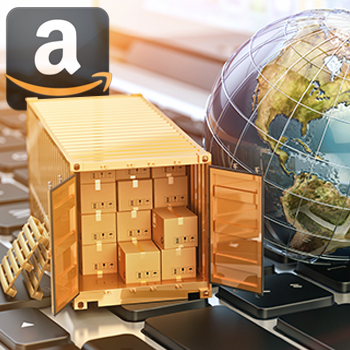
Found in Robotics News & Content, with a score of 4.14
…channel but, for many years, the inclusion of gasoline, groceries, and automobile sales in U.S. retail sales numbers masked the true extent of eCommerce penetration. Download Now! Global E-Commerce Logistics 2016 The report contains Transport Intelligence’s bespoke market size and forecasting data, as well as overviews of some of the world’s leading e-commerce businesses, such as Alibaba and Amazon. Download Now! Amazon’s Move into Delivery Logistics Many industry players and experts are waiting anxiously to see what innovations Amazon will come up with next – and above all, whether Amazon will enter into delivery logistics under its own banner. Download…
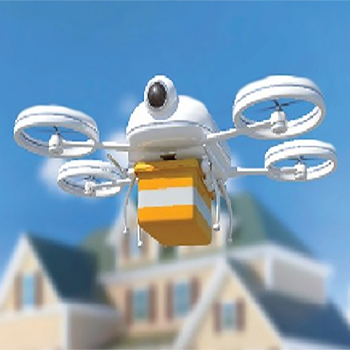
Found in Robotics News & Content, with a score of 4.63
…order in person. This has started for food and grocery as well as with household commodities and even pharmaceuticals. 8. Smart Technology and Sensors In addition to wanting visibility at each point in the fulfillment and delivery process, customers want to track temperature sensitive items. This way the pharmaceutical company, frozen foods or spirits manufacturer will know the probe temperature and possibly the humidity level at every step. Fulfillment centers use weather data for planning, to add additional packing materials to account for temperature variation. 9. Delivery by Self-Driving Cars, Drones and Robots While these futuristic delivery options are being…
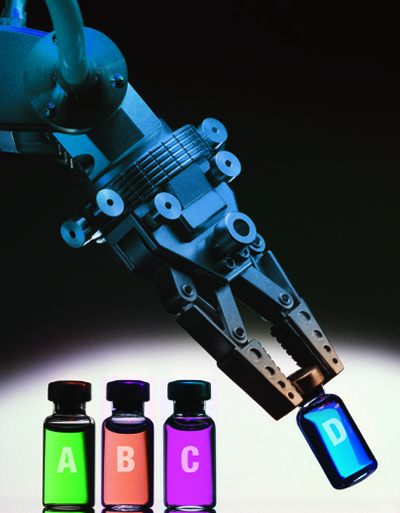
Found in Robotics News & Content, with a score of 3.94
…industries with the most readily robot-pickable items include pharmaceutical, grocery, and health and beauty. Apparel, with its deformable products and irregular packaging, is on the more challenging side of the spectrum. Tenzer suggests you consider “three Rs” when evaluating robotics: range of objects, reliability and rate. Depending on the SKUs, how items are presented to the robot and overall system design, the rates of solutions across the industry might vary from 500 to 2,400 picks per hour. The range, reliability and rate of some applications are more agreeable to robotic picking, especially where a human adds no value. Tenzer outlines…
Found in Robotics News & Content, with a score of 10.72
…software. “KNAPP is a market leader in delivering automated warehousing and distribution solutions for supply chains in retail, healthcare, grocery and manufacturing,” said KNAPP CEO Josef Mentzer. “This increase in demand is directly fueling our growth and the need to expand operations – particularly in the areas of system design, engineering and software.” Major KNAPP customers include companies such as McKesson, AmerisourceBergen, Avon, Hermes, United Healthcare/Optum, Walgreen/Boots and Walmart.
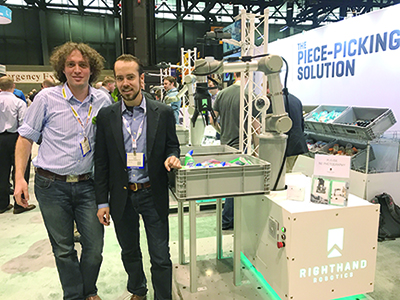
Found in Robotics News & Content, with a score of 13.16
…“piece-picking.” With RightPick, businesses can reduce the cost and improve the reliability of e-commerce order fulfillment for pharmaceuticals, electronics, grocery, apparel and countless other industries. As e-commerce continues to grow, the trend is away from bulk or pallet-load handling toward single SKUs and piecemeal items. Unlike traditional factory robots, RightPick handles thousands of different items using a machine learning backend coupled with a sensorized robot hand that works in concert with all industry-leading robotic arms. “The supply chain of the future is more about pieces than pallets,” said Leif Jentoft, co-founder. “RightHand can help material handling, 3PLs and e-commerce warehouses…
Found in Robotics News & Content, with a score of 11.19
…Retail Industry Leaders Association (RILA)’s Distribution Council, and a new partnership with Takeoff Technologies, a Boston-area startup building micro-fulfillment grocery e-commerce distribution centers that deploy sorting robots.
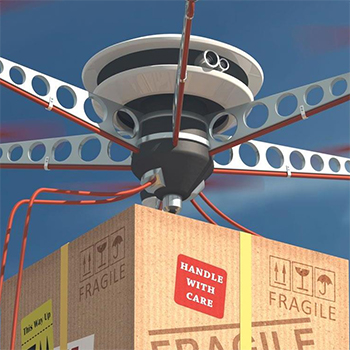
Found in Robotics News & Content, with a score of 5.59
…we know it today. The same is true for e-grocery delivery, as people will still want crates to be carried up to their apartments and returns to be handled directly. The speed at which the outlined last-mile-delivery scenarios can be reached will vary, depending on public sentiment, regulation, and labor costs. Early adoption of these new autonomous-delivery models will concentrate in developed countries, where labor costs are high enough to make the return on investment significant. In the developing world, however, labor costs will likely remain low enough to prevent any major technology change from affecting the last mile over…
Found in Robotics News & Content, with a score of 8.28
…2025, he expects it will be possible to deliver around 80 percent of parcels autonomously. “However, some segments like grocery deliveries and immediate deliveries will continue to be delivered manually because there are still no cost-effective automated options in these areas
Found in Robotics News & Content, with a score of 8.34
…2025, he expects it will be possible to deliver around 80 percent of parcels autonomously. “However, some segments like grocery deliveries and immediate deliveries will continue to be delivered manually because there are still no cost-effective automated options in these areas
Found in Robotics News & Content, with a score of 12.54
…gives a foot in the door to Amazon’s growing grocery business, which they see as the next game changer as FedEx and UPS are not delivering groceries. “Amazon is forced to do business with FedEx and UPS,” he said. “They need these carriers for deliveries so Amazon does not have the delivery density to do much more than major metropolitan areas with their own trucks.” With so many moving parts to this story, coupled with Amazon not really talking publicly about its full-fledged logistics vision, there is an expectation that things will change as time goes on. But it stands…



